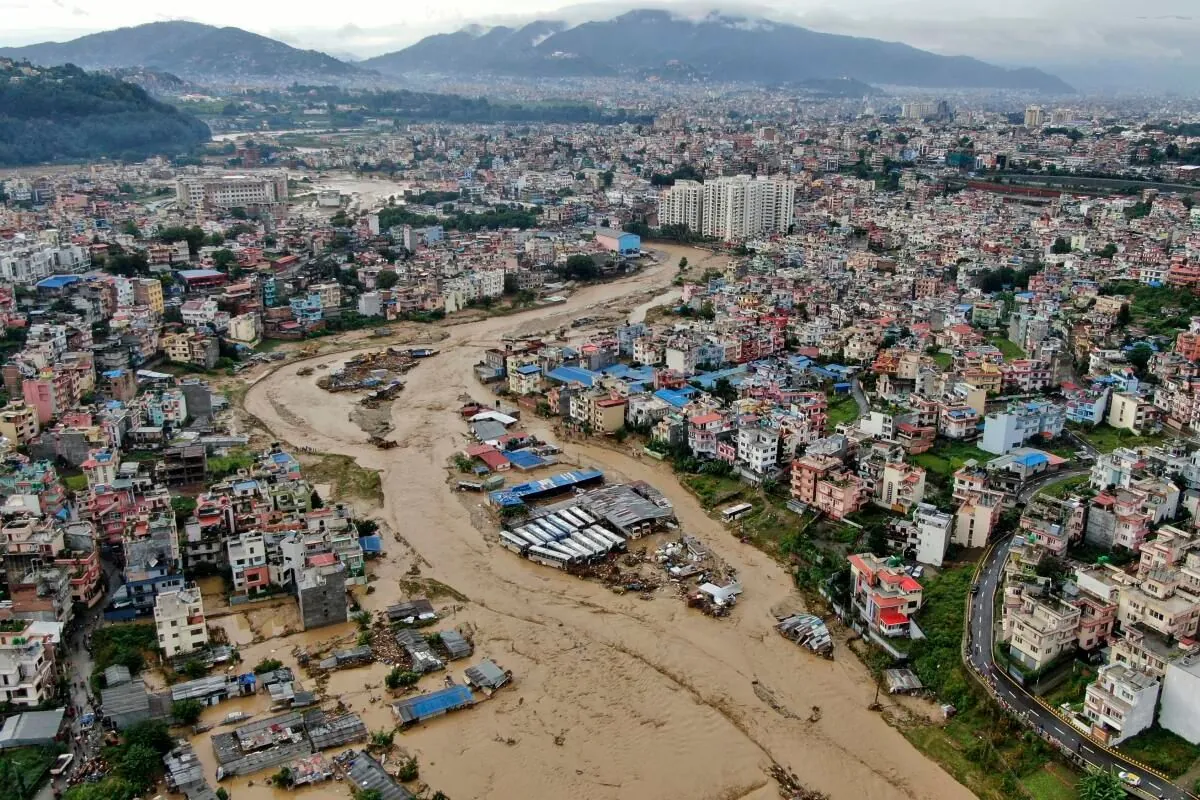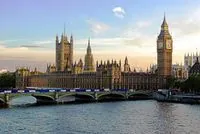Nepal Flood Tragedy: Death Toll Rises as Rescuers Race Against Time
Devastating floods and landslides in Nepal claim 129 lives, with 62 still missing. Rescue efforts intensify as Kathmandu grapples with unprecedented flooding, highlighting climate change concerns.

In a tragic turn of events, Nepal has been struck by severe flooding and landslides, resulting in a significant loss of life and widespread destruction. As of 29 September 2024, the death toll has risen to 129, with 86 individuals injured and 62 still unaccounted for. The disaster, triggered by intense monsoon rains over two days, has particularly affected the capital city of Kathmandu and surrounding areas.
Rescue operations have been in full swing, with teams working tirelessly to recover bodies buried under landslides. In a particularly heartbreaking incident, rescuers retrieved 14 bodies from two buses and an additional 23 from a nearby location. These vehicles were en route to Kathmandu, which itself saw at least 34 fatalities.
The scale of the disaster is unprecedented for Kathmandu, a city nestled in a valley surrounded by the majestic Himalayas. Arun Bhakta Shrestha, an environmental risk official, remarked on the extraordinary nature of the flooding in the capital. The Bagmati River, a major waterway flowing through the Kathmandu Valley, overflowed its banks, submerging residential areas and critical infrastructure.

The impact on transportation has been severe, with three major highways connecting Kathmandu to the rest of the country blocked by landslides. This isolation highlights the vulnerability of Nepal's infrastructure, despite the country's efforts to implement disaster risk reduction strategies in recent years.
Kumar Tamang, a 40-year-old Kathmandu resident, shared his harrowing experience:
"This morning, we returned and everything looks different. We couldn't even open the doors to our house, it was jammed with mud. Yesterday, we were afraid that the water would kill us, but today we have no water to clean."
Tamang's account underscores the immediate and long-term challenges faced by those affected by the floods.
Rescue efforts have been substantial, with Rishi Ram Tiwari, a home ministry spokesman, reporting that over 3,000 people have been rescued. The Nepal Army and Armed Police Force have been instrumental in these operations, using kayaks to evacuate stranded residents, including infants, from flooded areas.
While monsoon-related floods and landslides are common in South Asia, typically ending by mid-September in Nepal, scientists warn that climate change is intensifying these events. This disaster serves as a stark reminder of Nepal's vulnerability to natural calamities, given its diverse topography ranging from the Terai plains to the world's highest peak, Mount Everest.
The situation is further complicated by Nepal's unique geographical and cultural landscape. Home to over 125 ethnic groups and 123 spoken languages, the country faces challenges in coordinating disaster response efforts. Moreover, with agriculture employing about 65% of the population, the floods pose a significant threat to the country's economic stability.
As Nepal grapples with this crisis, the international community watches closely. The country, known for its rich biodiversity, including Bengal tigers and one-horned rhinoceros, and its popular tourism industry centered around trekking and mountaineering, now faces a critical test of resilience.
This disaster highlights the urgent need for improved urban planning and infrastructure development in Nepal. As the nation continues its journey as a federal democratic republic since 2008, addressing these challenges will be crucial for its future stability and the safety of its approximately 30 million citizens.


































